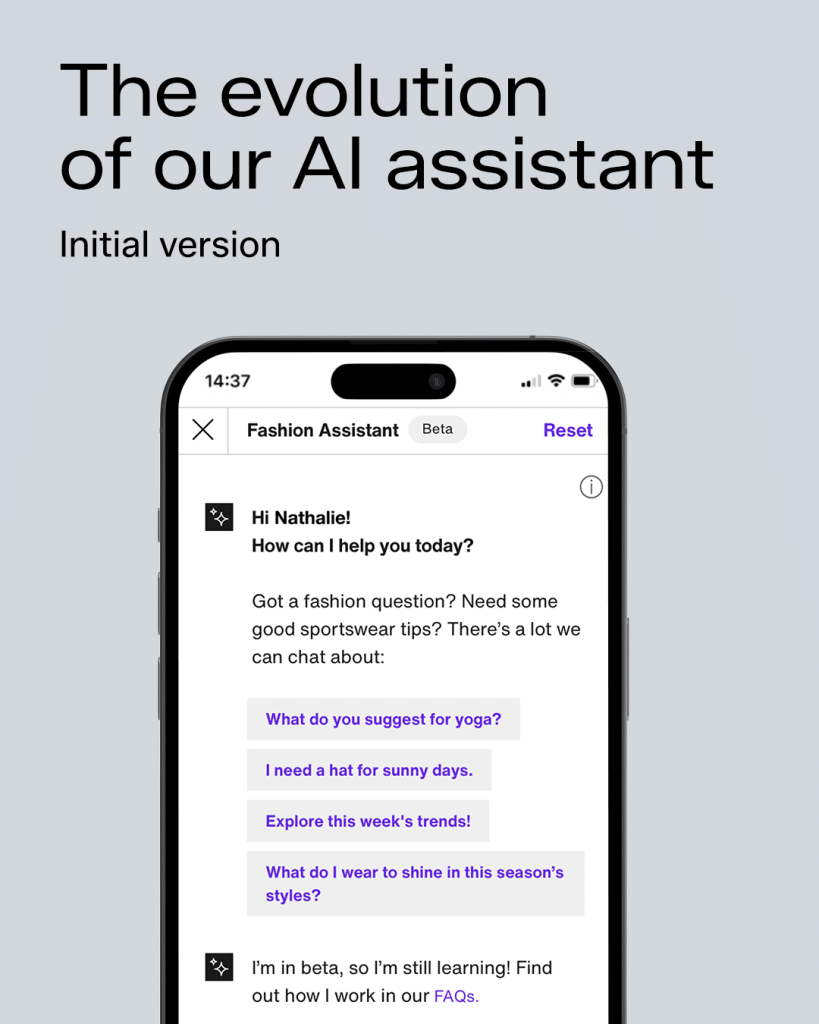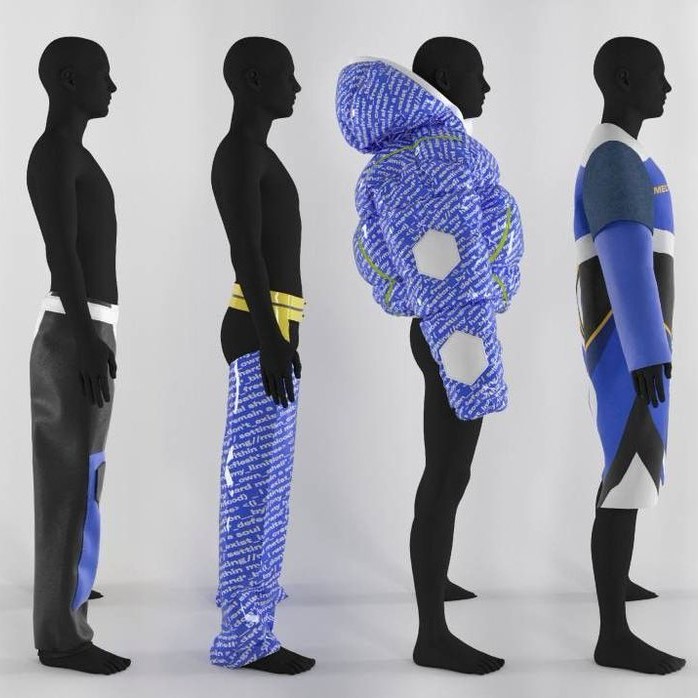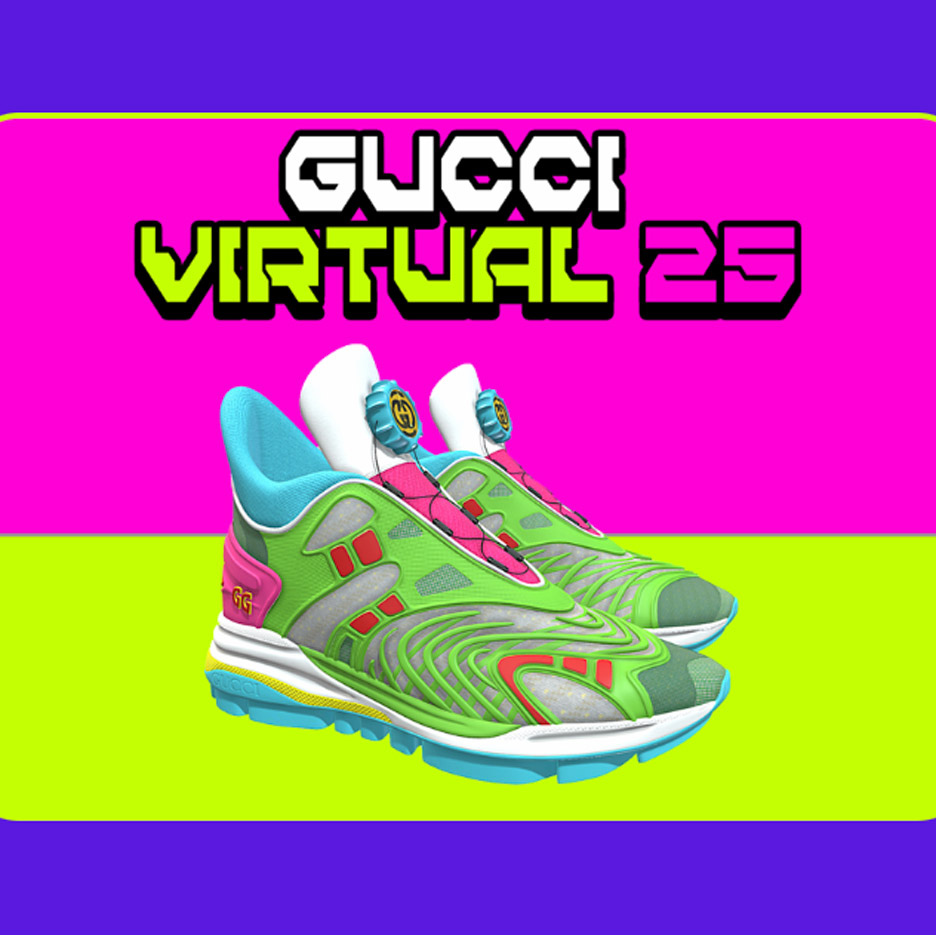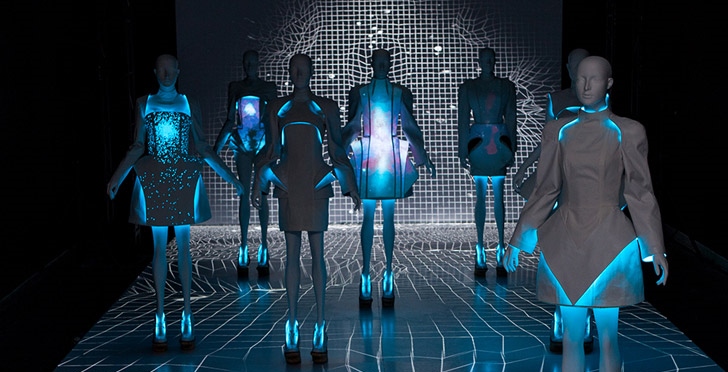
Today’s fashion and retail space can be overwhelming. Consumers are constantly challenged by the ever-changing trends and decision fatigue. Think about the last time you opened a shopping app from brands such as Zara or H&M, was it easy looking for what you wanted or coming up with an outfit suitable for your occasion? In my personal experience, I always lose patience trying to navigate endless pages with inaccurate filters. I’d always thought that with the technological advancement, we should’ve had a way more personalized and efficient way of shopping.
So last year, when I saw that Zalando partnered with OpenAI and launched the AI-powered Zalando Assistant, I had to try this new feature in the App immediately. Unlike traditional recommendation tools that simply push similar products, Zalando’s assistant acts more like a digital stylist. You can talk to it in a natural language and give real-time feedback. It suggests complete outfits based on your location, weather, and even the type of event you’re attending.
The potential impact of this is what really excites me the most. The Zalando Assistant is not only changing their own app but also setting a standard for how we shop in the future. Other brands such as Zara and H&M will need to move beyond basic “You might also like” recommendations and start thinking about how to leverage AI to create a better e-commerce experience. Imagine a future where shopping apps understand your preferences and predict your needs as well as a personal stylist. To take it one step further, imagine if it could help you shop more sustainably by suggesting outfits that complement what’s already in your wardrobe.
As this feature just launched less than a year ago, there is of course still room for improvement. For example, sometimes the recommendations still feel trend-driven rather than personal. I find that it is still a bit challenging for the AI stylist to know and remember my preferences. Moreover, the concern for data privacy still remains, especially because this concerns a personal aspect of the user’s lifestyle.
Regardless of the limitation, Zalando’s innovation still represents a big shift in fashion tech. AI could soon predict trends before they go viral, power AR, and create a hyper-personalized shopping experience. I am excited to see where this innovation takes us and how it will reshape the fashion industry.








